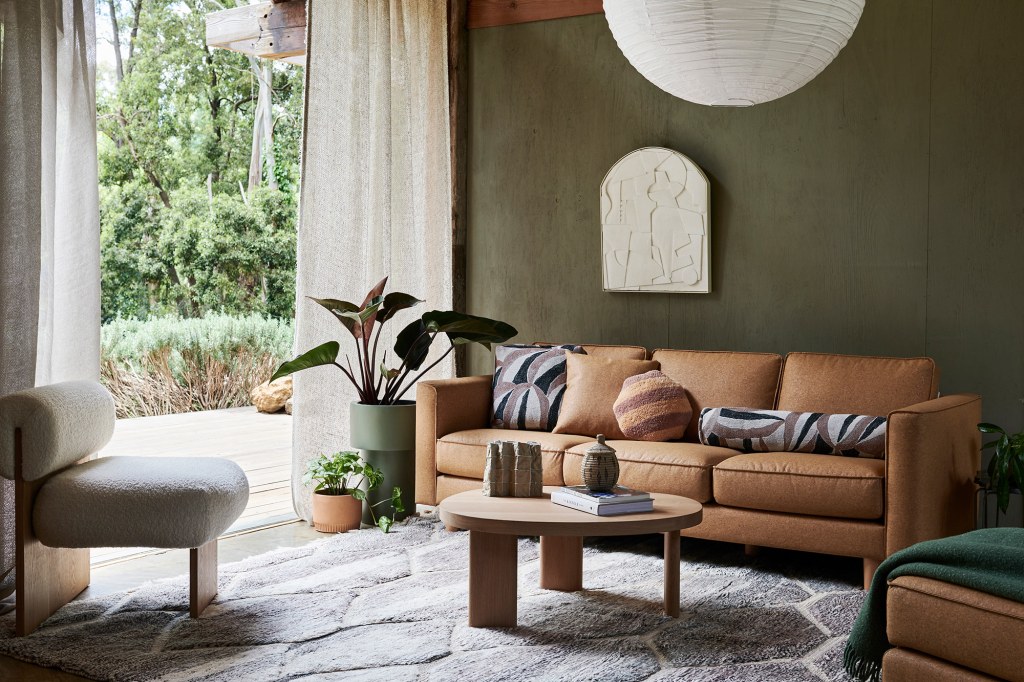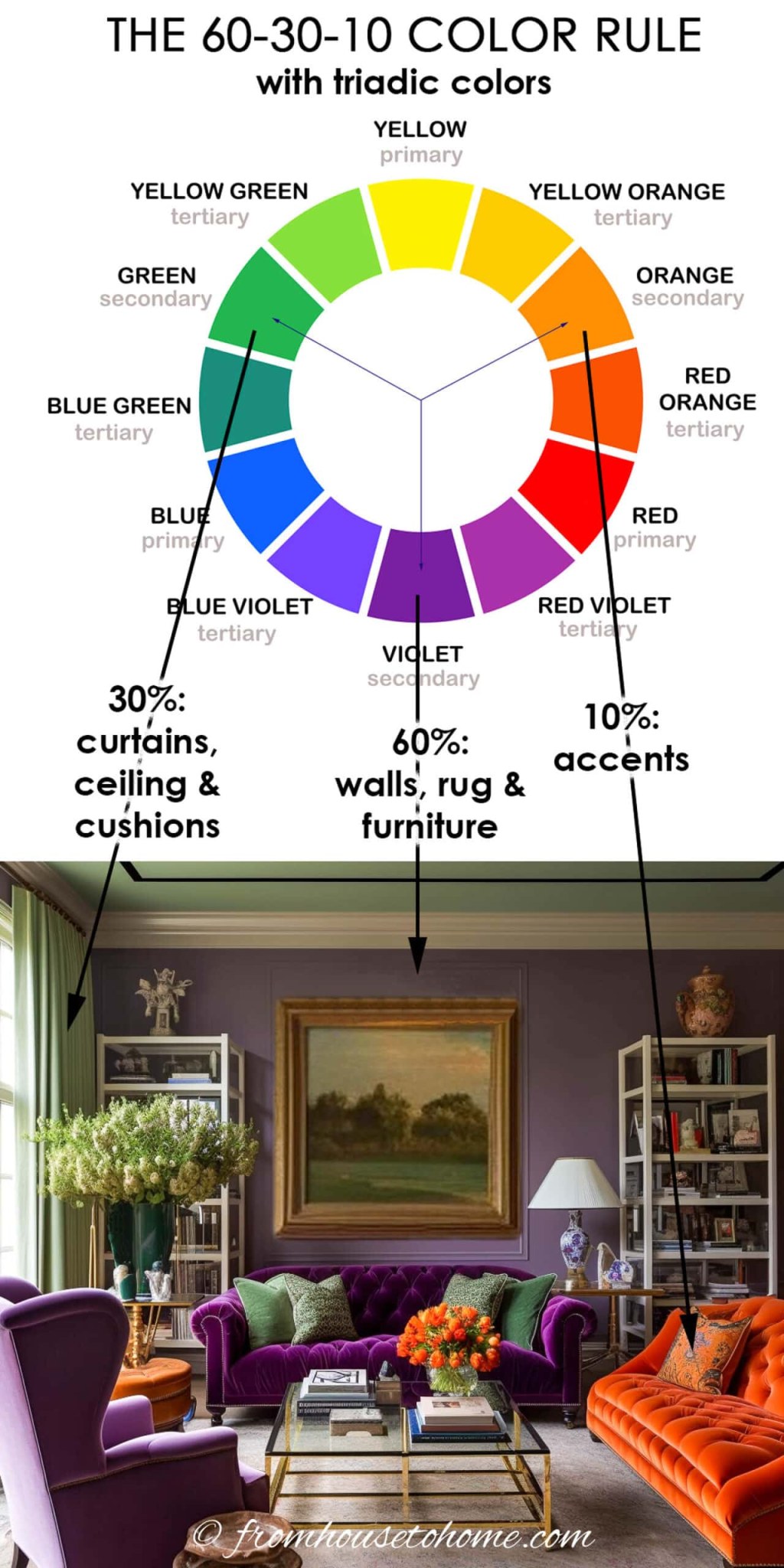Interior Design 60 30 10: Creating Balanced and Harmonious Spaces
Introduction
Greetings, readers! Today, we will delve into the fascinating world of interior design and explore an innovative concept called 60 30 10. In this article, we will uncover the secrets of achieving a well-balanced and harmonious space by following this design principle. So, buckle up as we embark on this exciting journey!
What is Interior Design 60 30 10?
Interior design 60 30 10 is a principle that guides the selection and use of colors in a space. The numbers represent the proportions in which different colors should be used: 60% for a dominant color, 30% for a secondary color, and 10% for an accent color. By following this rule, designers can create visually appealing and aesthetically pleasing environments.
Who Can Benefit from Interior Design 60 30 10?

Image Source: koala.com
This design principle can be applied by anyone looking to enhance the visual appeal of their space. Whether you are a homeowner, a business owner, or an interior design enthusiast, incorporating the 60 30 10 rule can transform your surroundings and elevate the overall ambiance.
When and Where to Use Interior Design 60 30 10?
The beauty of this principle lies in its versatility. It can be utilized in various settings, including residential homes, offices, restaurants, hotels, and more. Whether you are redecorating a single room or renovating an entire building, the 60 30 10 rule can be applied to achieve stunning results. There is no specific time limit or location constraint when it comes to implementing this design principle.
Why Choose Interior Design 60 30 10?
By following the 60 30 10 rule, a space can attain balance and harmony. The dominant color provides a sense of stability and sets the overall tone, while the secondary color adds depth and complements the dominant color. Lastly, the accent color injects excitement and visual interest. This careful combination of colors creates a cohesive and visually pleasing environment.
How to Implement Interior Design 60 30 10?

Image Source: fromhousetohome.com
Implementing the 60 30 10 rule requires careful planning and consideration. Start by selecting your desired color palette, keeping in mind the proportions of 60%, 30%, and 10%. Use the dominant color for larger areas such as walls, floors, or furniture. The secondary color can be incorporated through upholstery, curtains, or rugs. Finally, the accent color can be introduced through accessories, artwork, or decorative pieces.
Advantages and Disadvantages of Interior Design 60 30 10
Advantages:

Image Source: designsbykh.com
1. Visual Harmony: The 60 30 10 rule ensures a balanced and visually appealing space.
2. Versatility: This design principle can be applied to various settings and styles.
3. Easy to Implement: The clear proportions make it straightforward to execute.
4. Creativity and Expression: The rule allows for creative expression through the selection of colors.
5. Timeless Design: Following this principle can result in a timeless design that withstands changing trends.
Disadvantages:
1. Limitations: Strictly adhering to the rule can limit artistic freedom.
2. Lack of Flexibility: The fixed proportions may not work in every space or design concept.
3. Risk of Monotony: Overuse of the dominant color can lead to a monotonous and uninteresting environment.
4. Skill and Knowledge Required: Proper understanding of color theory and design principles is essential for successful implementation.
5. Subjectivity: Color preferences vary from person to person, making it challenging to please everyone.
FAQs (Frequently Asked Questions)
Q: Can I use more than one accent color?
A: While the 60 30 10 rule typically recommends one accent color, it is not set in stone. Feel free to experiment with multiple accent colors as long as the overall balance and harmony are maintained.
Q: Do I need to strictly follow the proportions?
A: The proportions serve as a guideline, but they can be adjusted to suit your preferences and the specific requirements of your space. Remember that the goal is to achieve a visually pleasing environment.
Q: Can I use different shades of the same color as the dominant, secondary, and accent colors?
A: Absolutely! Utilizing different shades of a color can add depth and interest to the space, while still adhering to the 60 30 10 proportions.
Q: Can I apply the 60 30 10 rule in small spaces?
A: Yes, the 60 30 10 rule can be applied in spaces of all sizes. In smaller areas, consider using lighter shades for the dominant color to create an illusion of spaciousness.
Q: Can I use patterns and textures within the 60 30 10 rule?
A: Yes, patterns and textures can be incorporated within the color scheme. Just ensure that they contribute to the overall balance and do not overpower the designated proportions.
Conclusion
In conclusion, interior design 60 30 10 offers a practical and effective approach to creating balanced and harmonious spaces. By following this rule, you can transform your surroundings into visually stunning environments that evoke a sense of balance and harmony. So, embrace the power of color and embark on your own interior design journey!
Final Remarks
Friends, we have reached the end of our article. We hope that you found this exploration of interior design 60 30 10 informative and inspiring. Remember, when it comes to designing your space, the key lies in achieving the perfect balance of colors. However, always trust your instincts and allow your creativity to shine through. Happy designing!